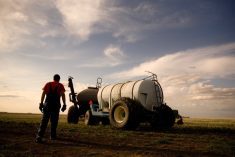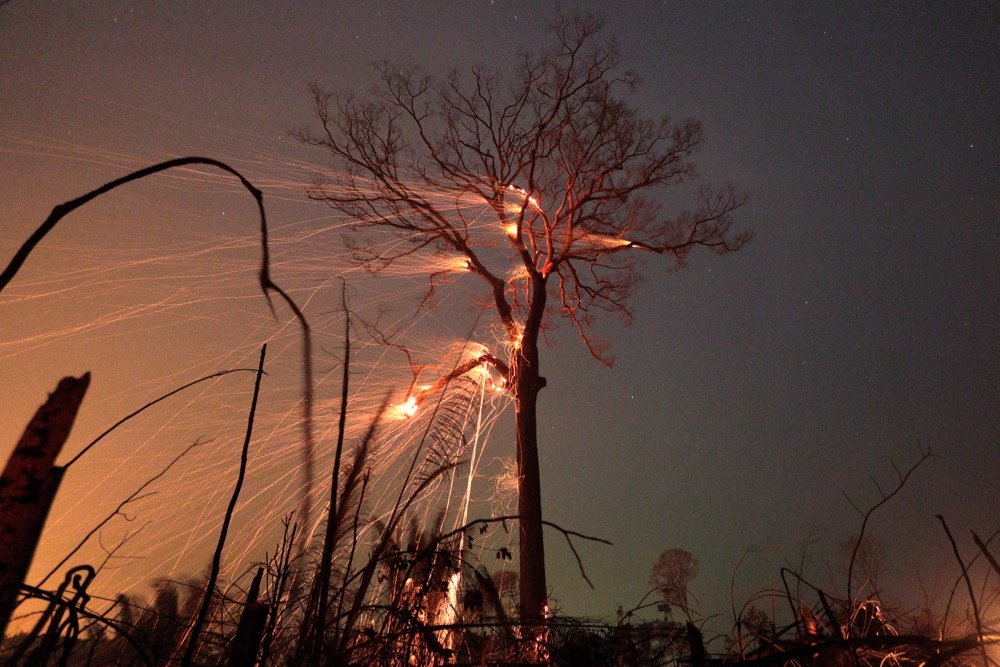Rising prices for farmland in the U.S. Midwest and fears that values may be creating an artificial bubble are driving some investors to the sidelines, though strong farm balance sheets are sustaining interest in many sectors, investment experts said on Monday.
Surging prices for key row crops, such as corn, soybeans and wheat, are helping support rising values that jumped more than 10 per cent in the U.S. Midwest last year and have continued to climb. But if crop prices should plummet, land values could fall rapidly.
Read Also

Mazergroup’s Bob Mazer dies
Mazergroup’s Bob Mazer, who helped grow his family’s company into a string of farm equipment dealerships and the main dealer for New Holland machinery in Saskatchewan and Manitoba, died July 6 from cancer.
Farmland values have jumped more than 50 per cent above their 2000 levels in inflation-adjusted terms, with investors competing against farmers for accumulation of high-quality land.
Banking officials have said the situation bears close watching, and institutional investors are cautiously heeding the warning, said Shonda Warner, CEO of Chess Ag Full Harvest Partners, an investment fund focused on North American farmland.
“There is some uncertainty,” she said on the sidelines of the World Agriculture Investment Conference in Chicago. “People are worried. Some are sidelined.”
Bill Goodbar, managing director of the investment banking firm Agricapital Corp., said he viewed some of the prices commanded for land in key growing states as questionable.
“It is starting to feel a little frothy. You start to wonder if $7,000 an acre is justifiable,” Goodbar said.
Yet many active players in the farmland market said relatively low debt levels, strong crop prices, climbing cash rents for farmland, and persistent demand were supportive of the gains.
“The farm sector has a strong balance sheet that should be able to withstand a shock in earnings,” said Jeff Conrad, president of Hancock Agricultural Investment Group, which oversees 240,000 acres of U.S. farmland and $1.5 billion of agricultural property for institutional investors.
“We can debate what the future might look like, but based on the factors I see today, the sector seems secure and should have the ability to withstand some adversity,” Conrad said.


















